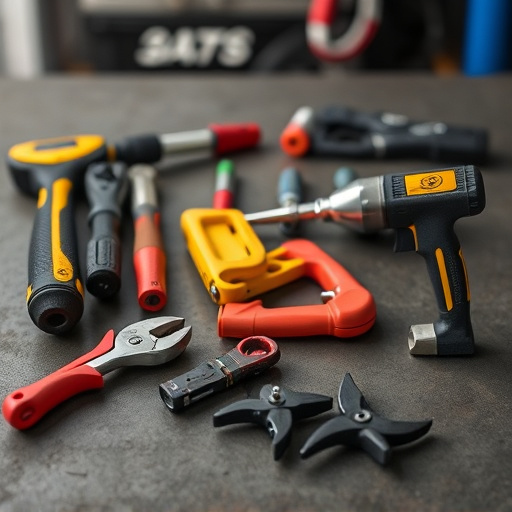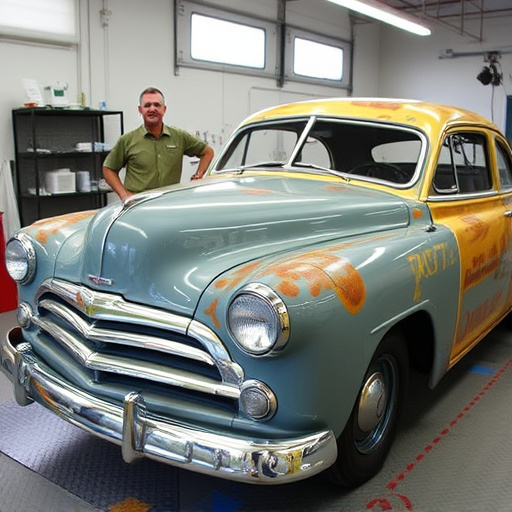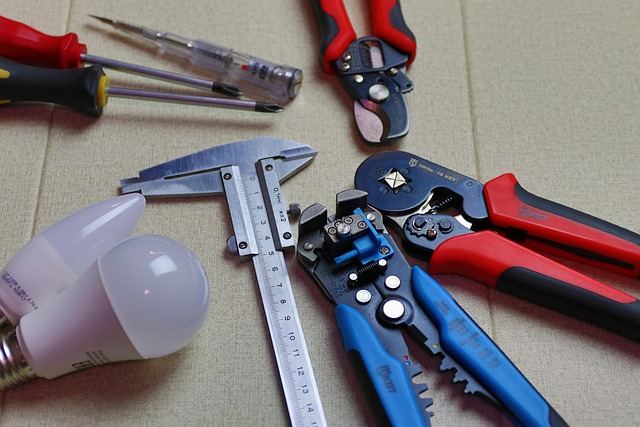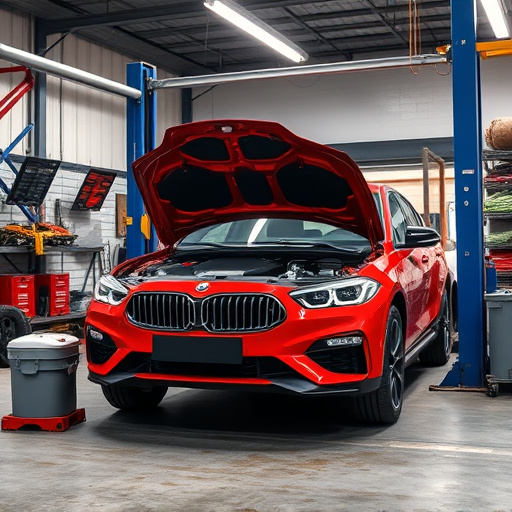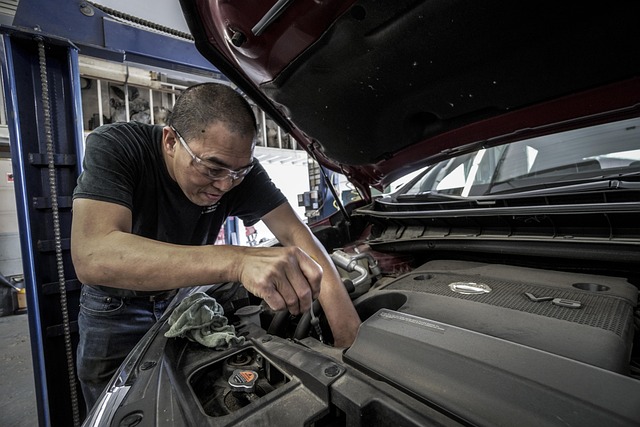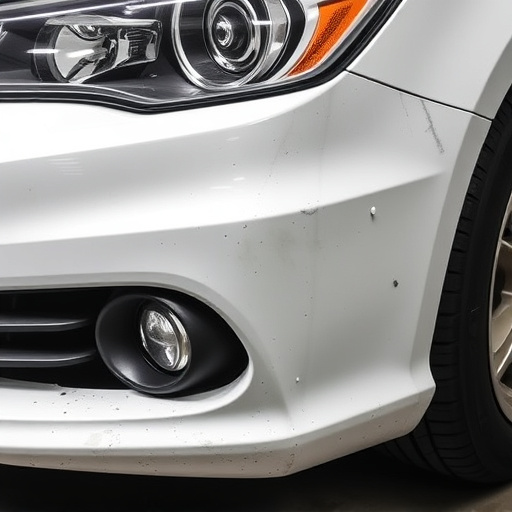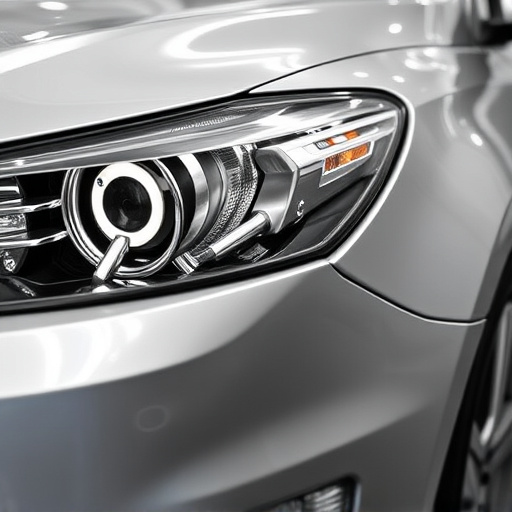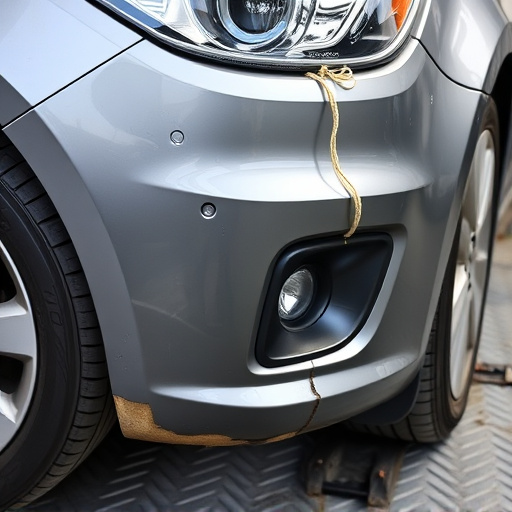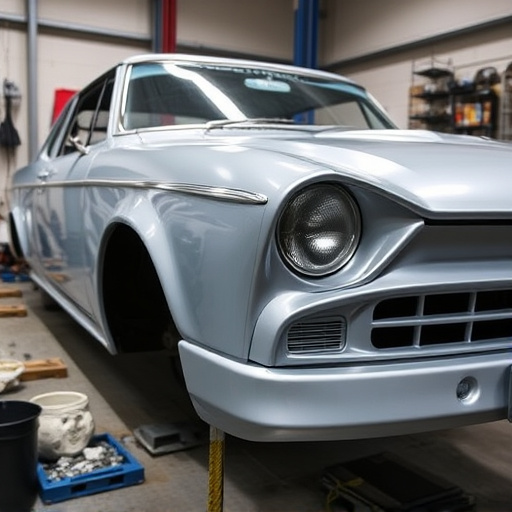Tesla Model S front end repairs require specialized knowledge and tools due to the vehicle's intricate design. Trusted auto collision centers use advanced Tesla diagnostic tools to accurately identify issues from electrical systems to body panels. Repairs involve precise steps, including diagnosis, part gathering, component replacement with secure fits, and thorough testing, ensuring safety and aesthetics while preserving the Model S's performance and value.
“Uncover the secrets to mastering Tesla Model S front end repairs with this comprehensive guide. Explore common issues plaguing these electric vehicles and learn how specialized Tesla diagnostic tools can pinpoint problems efficiently. From identifying faulty components to executing successful repairs, this article offers a step-by-step approach. Discover the power of professional-grade tools in enhancing your repair capabilities and keeping your Tesla Model S running smoothly on the road.”
- Understanding Tesla Model S Front End Issues
- Diagnosing Problems with Tesla Tools
- Step-by-Step Guide to Successful Repairs
Understanding Tesla Model S Front End Issues
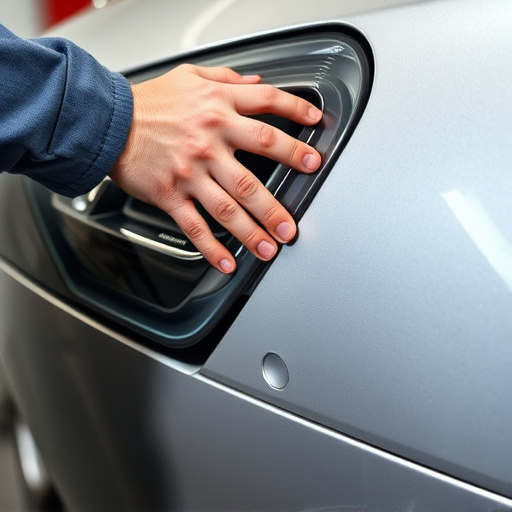
The Tesla Model S, known for its sleek design and advanced technology, can occasionally experience front-end issues that require expert attention. These problems may arise from various factors, including auto collisions, minor dents, or even manufacturing defects. Front-end repairs for a Tesla Model S involve meticulous work to ensure the vehicle’s safety features and aesthetic appeal remain intact. Such repairs necessitate specialized tools and knowledge to accurately align panels, replace damaged components, and restore the vehicle to its original condition.
Many owners opt for trusted auto collision centers that have experience handling Tesla models. These centers employ trained technicians who can diagnose issues using advanced diagnostic tools verified by Tesla itself. This ensures that any repair, whether it’s a minor dent repair or more complex vehicle body repair, meets Tesla’s stringent standards and maintains the car’s performance and value.
Diagnosing Problems with Tesla Tools

Tesla’s diagnostic tools have revolutionized how issues with the Model S are identified and addressed. These advanced systems allow both professional mechanics and owners to pinpoint problems with precision, streamlining the Tesla Model S front end repair process. Through a series of checks and scans, these tools can detect even subtle abnormalities in the car’s electrical systems, suspension components, or body panels.
Using specialized software, auto body shops and vehicle repair services can access detailed information about the car’s performance and history, enabling them to differentiate between genuine defects and wear-and-tear. This level of expertise ensures that repairs are both effective and efficient, enhancing the overall reliability and safety of the Tesla Model S.
Step-by-Step Guide to Successful Repairs
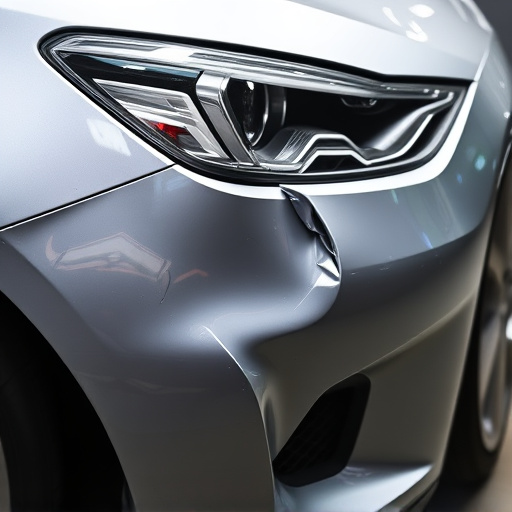
Repairing a Tesla Model S front end requires precision and the right tools. Here’s a step-by-step guide to ensure successful repairs, preserving your vehicle’s aesthetics and safety. Begin by diagnosing the issue using Tesla diagnostic tools—these advanced systems allow for accurate identification of problems specific to Model S components. Once the damage is assessed, gather all necessary parts, including body panels, bumpers, and lighting fixtures. Before starting any work, ensure proper ventilation in a car body shop or collision repair center to handle any fumes from paints and adhesives.
Next, remove the damaged front end pieces carefully, taking note of their placement and how they attach. Clean the affected area thoroughly, removing any dirt or debris. Replace the components with new ones, ensuring a secure fit using specialized tools and following manufacturer guidelines. After reassembling, test all functions, including lights and sensors, to verify proper operation. This meticulous process demands skill and attention to detail to ensure a seamless Tesla Model S front end repair in a professional car repair shop.
The Tesla Model S, known for its sleek design, requires meticulous care when addressing front end issues. Through proper diagnosis using Tesla’s advanced diagnostic tools, owners can effectively pinpoint and resolve problems. By following a structured step-by-step guide, even non-professionals can successfully navigate these repairs, ensuring the Model S maintains its iconic style and performance. For any Tesla Model S front end repair, verifying the process with these diagnostic tools is key to achieving optimal results.
